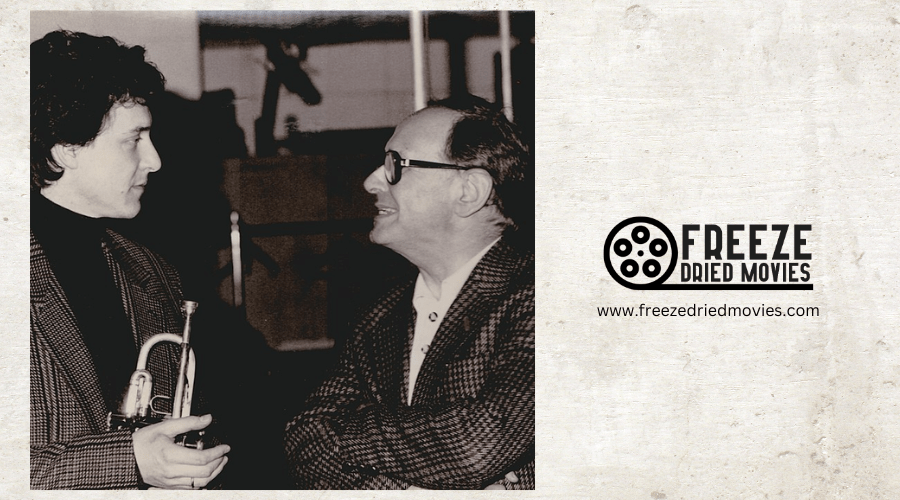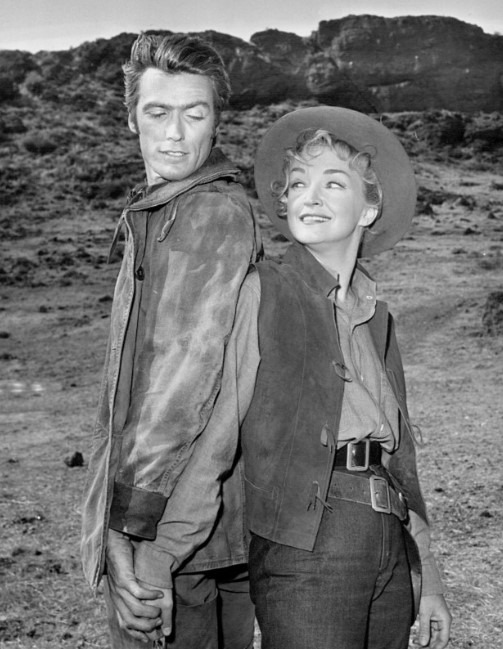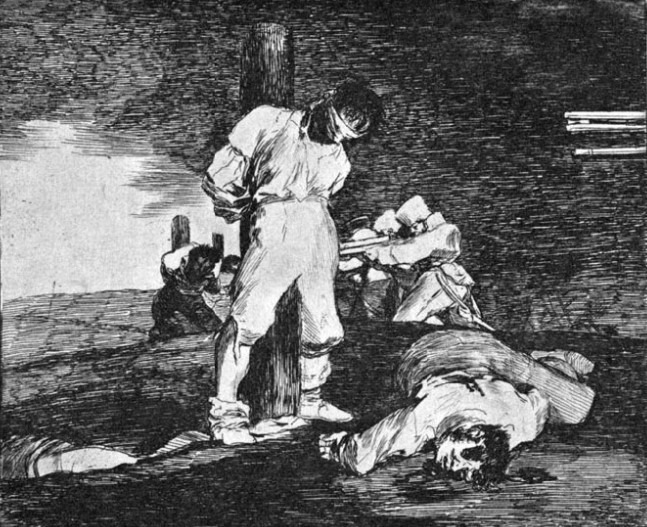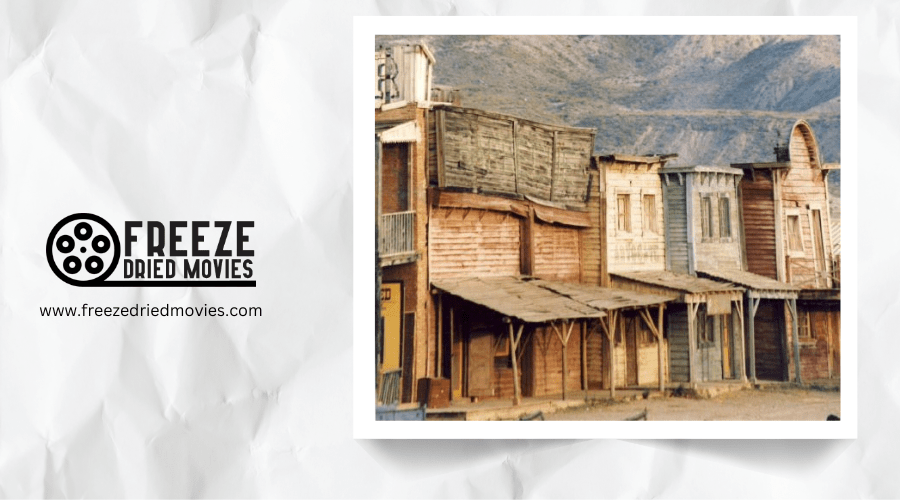Ennio Morricone’s Greatest Spaghetti Western Soundtracks Ranked

When you think of spaghetti westerns, you can't help but hear Morricone's iconic whistles, wails, and whip cracks echoing in your mind. His revolutionary scores transformed simple frontier tales into operatic cinematic events that still captivate audiences decades later. From the unforgettable "wah-wah-wah" of "The Good, The Bad and The Ugly" to the haunting harmonica in "Once Upon a Time in the West," these soundtracks didn't just complement the films—they defined them. So which of his western masterpieces truly stands above the rest?
The Good, The Bad and The Ugly (1966): The Definitive Spaghetti Western Score
Morricone brilliantly layers electric guitars, vocal chants, and coyote call motifs throughout the film score, creating an auditory experience as striking as Sergio Leone's violent visual portrayal of the American West.
The layered horns mimicking cavalry movements and the unforgettable "Ecstasy of Gold" have transcended the Spaghetti Western genre to become cultural touchstones.
This magnum opus forever transformed film music, proving that a score could be both sparse and majestic while perfectly complementing the director's vision.
Unlike John Ford's partnership with John Wayne, Leone and Morricone created a revolutionary Western aesthetic that challenged Hollywood's traditional portrayal of the American frontier.
Once Upon a Time in the West (1968): A Haunting Masterpiece
Following the wild success of "The Good, The Bad and The Ugly," the Leone-Morricone partnership reached its artistic zenith with "Once Upon a Time in the West" (1968). While the "Dollars" trilogy had established their signature style, this soundtrack transcended even "The Ecstasy of Gold" in its emotional depth.
Morricone's most ambitious Spaghetti western score blends harmonica, bird-like echoes, and haunting female vocals to mirror the film's desolate landscapes. The music achieves what seemed impossible—surpassing his previous collaborations with Sergio Leone through its operatic grandeur and melancholy themes.
You'll find the soundtrack's power in how it captures both the majesty and violence of the fading American frontier. Cinema historians rightfully regard this score as Morricone's definitive masterpiece, where sound and visuals achieve perfect, devastating harmony. Much like Kurosawa's innovative approach to visual storytelling in Japanese cinema, Morricone revolutionized how music could elevate and transform the emotional impact of film.

A Fistful of Dollars (1964): Where It All Began
Though "Once Upon a Time in the West" represents Morricone's pinnacle, the revolutionary journey began with "A Fistful of Dollars" in 1964. This groundbreaking score marked the first collaboration between Ennio Morricone and Sergio Leone, establishing the sonic template for all spaghetti westerns that followed.
You'll immediately recognize the distinctive elements that made this soundtrack top Italy's charts: gently strummed guitars intertwined with whipcracks, rapid flute notes, church bell sounds, and choral voices backed by whistling. These unconventional musical choices perfectly complemented Clint Eastwood's stoic performance while transforming how Westerns could sound.
The original music introduced Morricone's signature style—combining vocals, guitars, timpani, and whistling—which would evolve throughout the Dollars Trilogy. This foundational work forever changed Western film music, creating an innovative language that remains instantly identifiable decades later.
The soundtrack's unique approach to musical storytelling paralleled the industry's broader shift toward using sound effects and music to enhance narrative development during the 1930s sound revolution.
For a Few Dollars More (1965): Perfecting the Formula
The second installment in Leone's Dollars Trilogy elevated Morricone's experimental soundscape to new heights. "For a Few Dollars More" (1965) refined the musical innovations introduced in its predecessor while expanding the sonic palette with strategic new elements.
The score feels distinctly faster than its predecessor, incorporating Bach references, guttural chanting, and that iconic bouncy jaw harp. Before "The Good, the Bad and The Ugly" or "Once Upon a Time in the West," Morricone was already crafting his signature blend of vocals, whistling, guitars, and timpani.
Unlike his later lushly romantic compositions with Eastern Asian sound influences, here Morricone creates nostalgia through music boxes and tinkly player pianos—solidifying the Leone-Morricone partnership that defined Spaghetti Western soundscapes forever.
You'll notice Morricone's perfect balance between sparse and majestic moments that Sergio Leone envisioned.
The Great Silence (1968): Morricone's Wintry Departure
While Leone and Morricone had established a winning formula, it was in Sergio Corbucci's snow-draped masterpiece where the composer truly broke new ground. "The Great Silence" (1968) stands as perhaps Morricone's most radical departure from his established Western sound, trading sun-baked vistas for frigid mountains.
You'll immediately notice how the score perfectly captures the film's icy setting:
- Haunting choirs replace the familiar chants and whistles
- Soft chimes and delicate woodwind instruments mirror the snow's quiet desolation
- Eastern Asian musical influences create an otherworldly atmosphere
- The experimental approach amplifies Corbucci's bleak narrative
This wintry Spaghetti Western soundtrack demonstrates Morricone's remarkable versatility, proving he could adapt his style to any environment while maintaining emotional resonance. The Great Silence score remains one of his most distinctive and atmospheric achievements.

Duck, You Sucker (1971): Leone's Revolutionary Swan Song
Moving beyond the snowy landscapes, you'll discover another fascinating collaboration in "Duck, You Sucker" (1971), where Morricone boldly subverted expectations yet again. Unlike Sergio Leone's Dollars Trilogy that later influenced his work with Robert De Niro in Once Upon a Time in America, this revolutionary tale marks a significant tonal shift.
The soundtrack brilliantly contrasts James Coburn's romantic theme against Rod Steiger's "burping" motif—a far cry from the heroic melodies associated with Terence Hill's characters. Morricone playfully incorporates Mozart fragments while maintaining the emotional depth that would eventually earn him an Oscar nomination decades later.
Though initially divisive, this experimental score showcases Morricone's versatility, with his trademark Edda Dell'Orso vocals nowhere to be found. You're witnessing Leone and Morricone boldly pushing genre boundaries before their final western collaboration.

Death Rides a Horse (1967): Percussion and Vengeance
Every haunting note in Giulio Petroni's "Death Rides a Horse" (1967) demonstrates Morricone's mastery of percussion as storytelling. The sparse composition ranks among his most atmospheric Spaghetti Westerns, transforming vengeance into sound through:
- Pounding drums that drive the main theme with relentless urgency
- Droning guitars creating a sonic landscape of tension and impending confrontation
- A haunting Native American choir that permeates quiet scenes with mystery
- Strategic harpsichord elements that contrast with intense choir yelps during action sequences
You'll notice similarities to Morricone's work on "Face to Face," yet this soundtrack stands distinctly on its own. The instrumentation becomes a character itself, following the protagonist's vengeful journey with every beat, yelp, and guitar strum—a masterclass in minimalist musical storytelling.
The Mercenary (1968): Whistling Themes and Heroic Crescendos
In Sergio Corbucci's revolutionary epic "The Mercenary" (1968), Morricone's whistling motifs define one of his most adventurous western scores. You'll notice how these whistling themes start subtly before building to remarkable intensity, creating a threatening atmosphere that perfectly complements the film's tension.
What sets this soundtrack apart is Morricone's innovative use of instruments alongside Alessandro Alessandroni's distinctive whistling. The heroic crescendos brilliantly underscore the movie's themes of revolution and rebellion, showcasing the composer's avant-garde approach to the genre.
This experimental work later caught Quentin Tarantino's attention, who repurposed elements of the score in his 2003 film "Kill Bill." The Mercenary represents Morricone at his most daring, pushing the boundaries of what a spaghetti western soundtrack could achieve.



